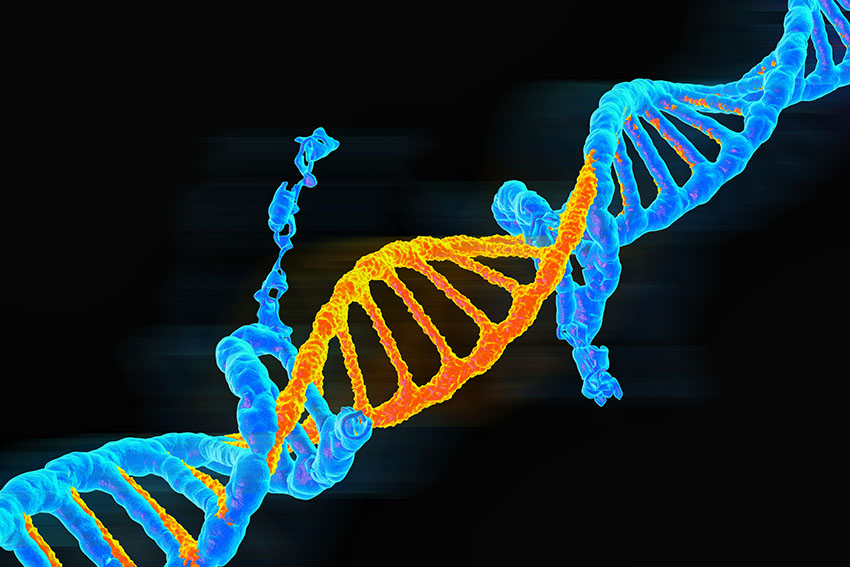Myelofibrosis: Symptoms, Causes, Treatment
What Is Myelofibrosis?
Myelofibrosis is a very rare type of blood cancer. It starts in the bone marrow which causes scars called fibrosis, which affects how many blood cells your body can make.
What are the symptoms of myelofibrosis?
Myelofibrosis is a rare type of chronic blood cancer that affects the bone marrow. The main symptoms of myelofibrosis are:
- Fatigue and weakness: This is often one of the earliest and most common symptoms, caused by anemia (low red blood cell count) due to the disruption of normal blood cell production in the bone marrow.
- Abdominal discomfort or pain: As the disease progresses, the spleen and liver may become enlarged (splenomegaly and hepatomegaly), causing a feeling of fullness or pain in the upper abdomen.
- Bone or muscle pain: The buildup of abnormal cells in the bone marrow can cause bone pain, especially in the areas where the bone marrow is most active, such as the spine, ribs, and hips.
- Easy bruising or bleeding: Low levels of platelets (thrombocytopenia) can lead to easy bruising, nosebleeds, or excessive bleeding from minor cuts.
- Night sweats and fever: Some patients experience drenching night sweats or persistent low-grade fevers, which may be associated with the underlying disease process.
- Itching (pruritus): Severe, generalized itching can occur in some cases, especially after exposure to warm water or sun.
- Weight loss: Unexplained weight loss is common, even with a normal or increased appetite.
- Feeling full quickly while eating: The enlarged spleen can cause a feeling of early satiety or a loss of appetite.
As myelofibrosis progresses, symptoms may worsen, and complications such as infections, bleeding disorders, or transformation to acute leukemia may occur. Early diagnosis and treatment are important to manage the symptoms and potential complications of this disease.
What are the causes of myelofibrosis?
Myelofibrosis, also known as idiopathic myelofibrosis or primary myelofibrosis, is a rare type of chronic leukemia that results in the replacement of healthy bone marrow with scar tissue. The exact cause of myelofibrosis is not fully understood, but there are certain factors that have been associated with the development of the condition. These include:
- Gene mutations: Myelofibrosis is often associated with specific mutations in genes that regulate blood cell production, such as the JAK2, CALR, or MPL genes. These mutations can lead to abnormal growth and proliferation of blood cells, which can contribute to the development of myelofibrosis.
- Bone marrow disorders: Myelofibrosis can sometimes develop as a result of other bone marrow disorders, such as polycythemia vera or essential thrombocythemia. These conditions can progress to myelofibrosis over time.
- Exposure to radiation or chemicals: Previous exposure to radiation or certain chemicals, such as benzene, has been linked to an increased risk of developing myelofibrosis.
- Age: Myelofibrosis is more commonly diagnosed in older adults, with the average age of diagnosis being around 60 years old. Age-related changes in the bone marrow and immune system may play a role in the development of myelofibrosis.
- Infections or inflammation: Chronic infections, autoimmune disorders, or chronic inflammation can sometimes trigger abnormal production of blood cells and formation of scar tissue in the bone marrow, leading to myelofibrosis.
It’s important to note that the exact cause of myelofibrosis can vary from person to person, and in many cases, no specific cause can be identified. If you have concerns about your risk factors for myelofibrosis, it’s recommended to talk to a healthcare provider for further evaluation and guidance.
What is the treatment for myelofibrosis?
The treatment for myelofibrosis, a chronic leukemia characterized by the replacement of bone marrow with fibrous scar tissue, aims to manage symptoms and improve quality of life. Treatment options may include:
- Drug therapy:
- JAK inhibitors: Drugs such as ruxolitinib (Jakafi) are commonly used to reduce spleen size, improve symptoms like fatigue and night sweats, and potentially prolong survival.
- Androgens: Danazol or oxymetholone may be prescribed to stimulate red blood cell production.
- Immunosuppressive drugs: These medications may be used to suppress the immune system’s activity and reduce inflammation in the bone marrow.
- Blood transfusions: If the production of red blood cells, white blood cells, or platelets is inadequate, blood transfusions may be necessary to manage anemia or other blood-related complications.
- Splenectomy: Surgical removal of the spleen (splenectomy) may be considered for patients with an enlarged spleen that causes significant pain or discomfort.
- Stem cell transplant: For some younger patients with myelofibrosis who are eligible and have a suitable donor, a stem cell transplant (also known as a bone marrow transplant) may be considered as a potentially curative treatment option.
- Supportive care:
- Pain management: Prescription or over-the-counter medications may be used to relieve pain and discomfort.
- Nutrition therapy: A dietitian may recommend dietary changes or supplements to address nutritional deficiencies.
- Physical therapy: Exercise and physical therapy can help maintain strength, flexibility, and mobility.
- Psychological support: Counseling, support groups, or other mental health services may help patients cope with the emotional challenges of living with myelofibrosis.
Treatment decisions for myelofibrosis are personalized based on factors such as a patient’s age, overall health, disease severity, and specific symptoms. It’s important for individuals with myelofibrosis to work closely with a healthcare team that includes specialists in hematology or oncology to determine the most appropriate treatment plan.




